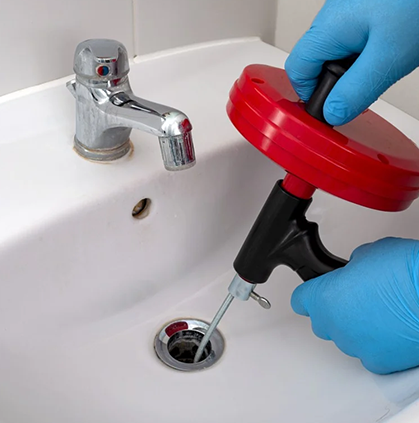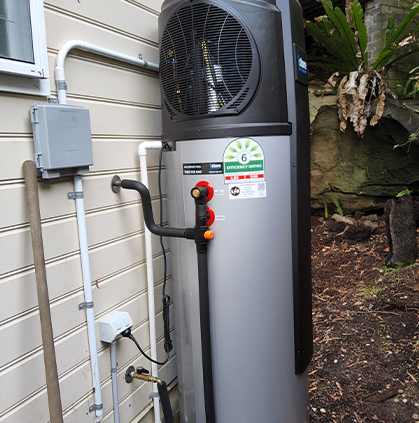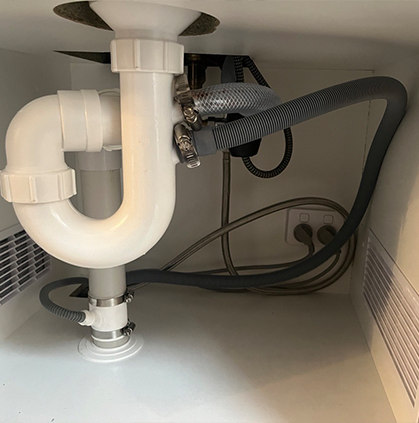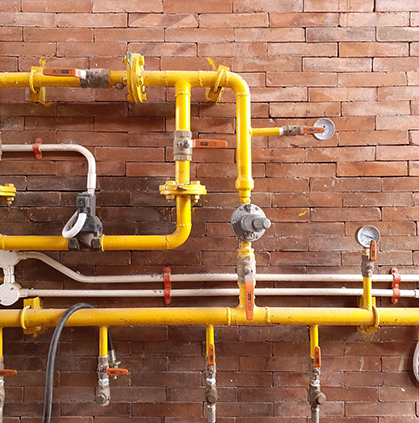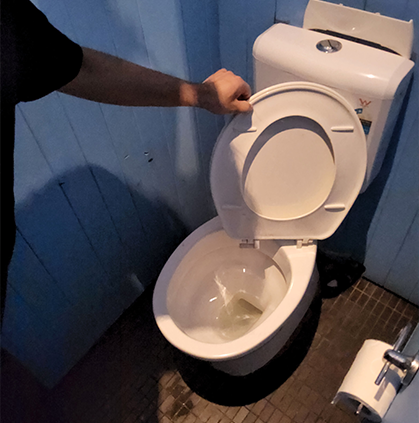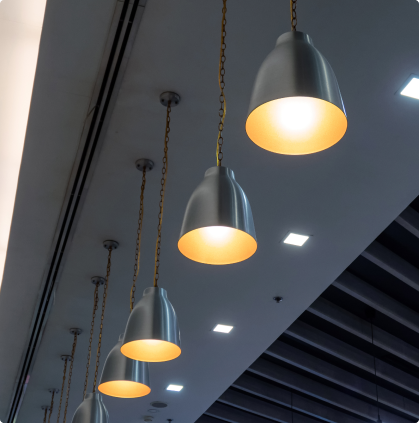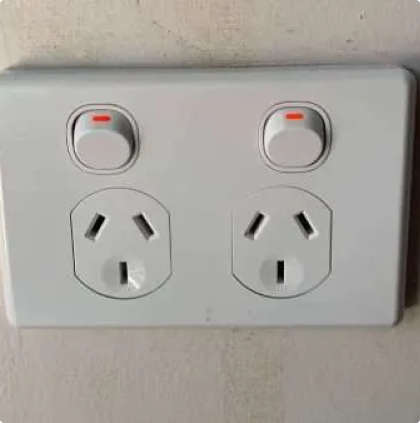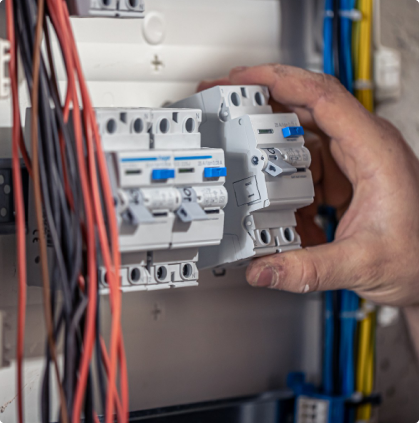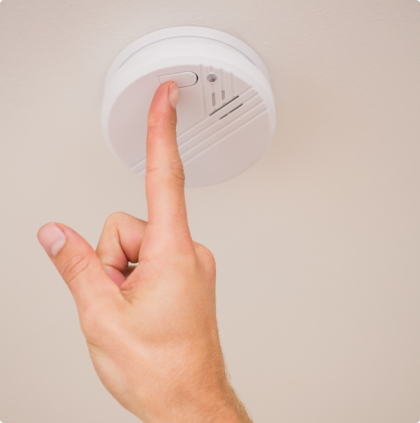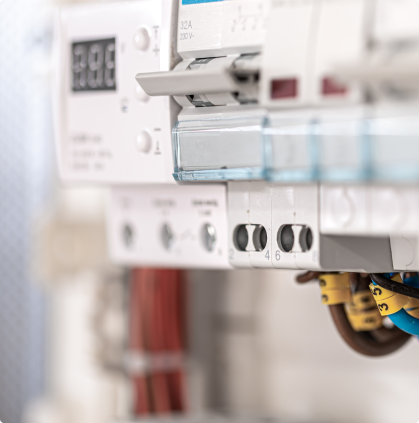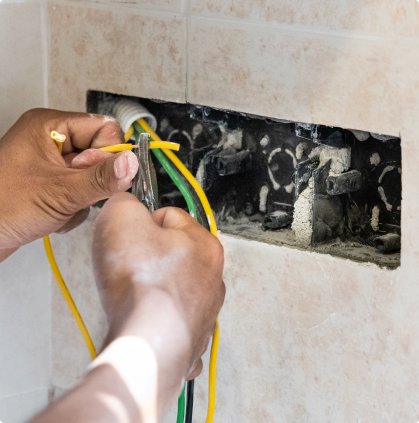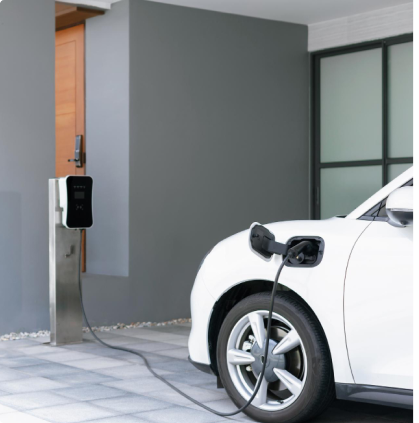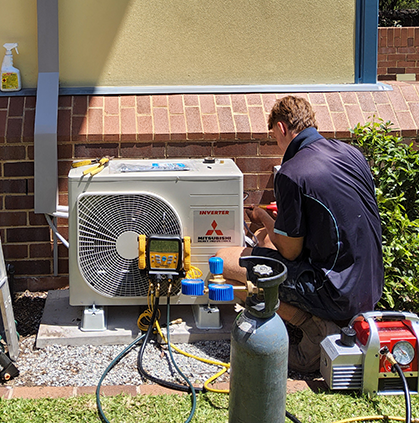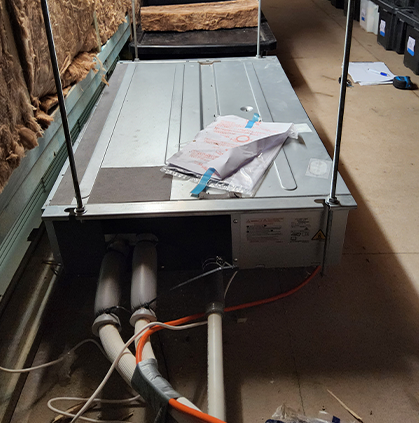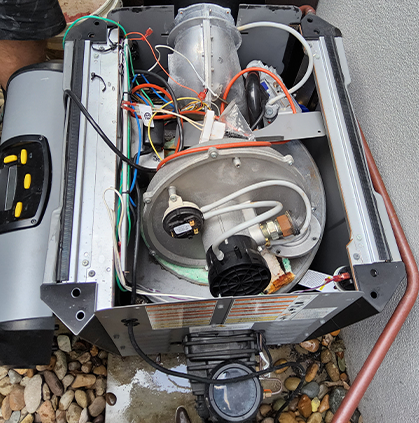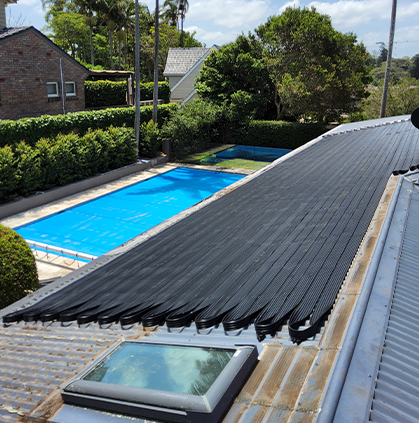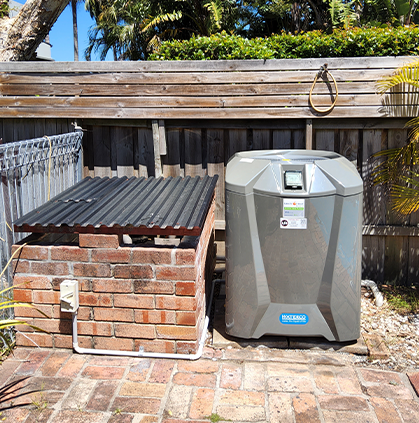Choosing the right air conditioner is totally important. One mistake, and you’ll end up spending the night drenched in sweat instead of being hugged by comfort.
During your online research, you might come across split system air conditioners, and you might wonder, is it going to be a game-changer or just another wasteful investment?
Let us walk you through it all: the pros, the cons, and how to choose the best air conditioning unit for where you live.
What is a Split System Air Conditioner?
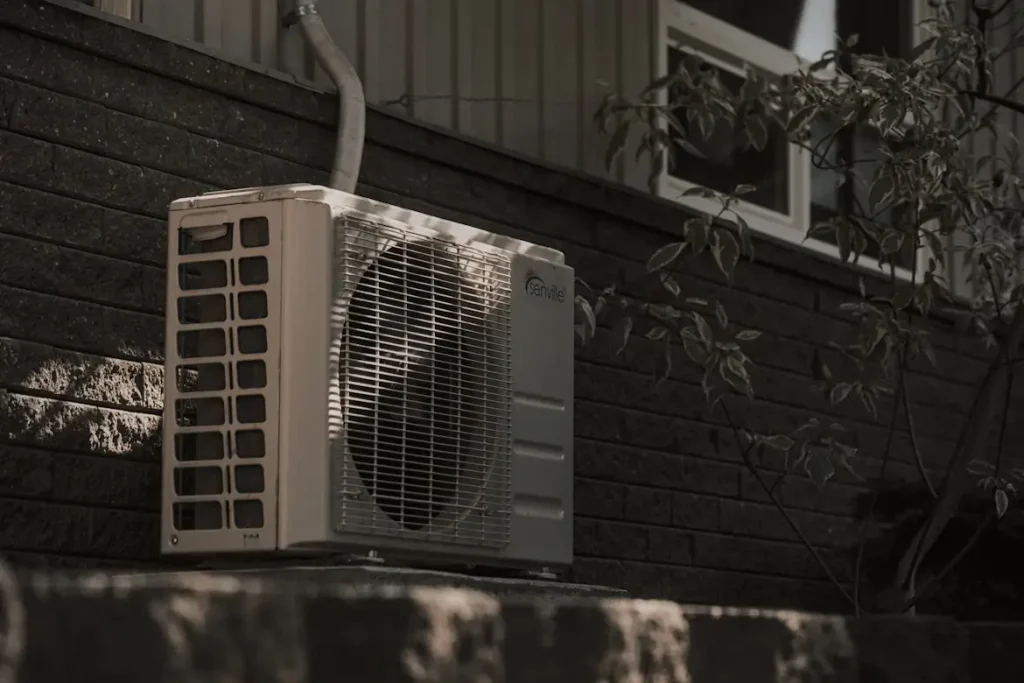
A split system air conditioner is a unit that splits into indoor and outdoor components. In contrast, a packaged unit integrates both components in one.
The indoor component is the one blowing warm or cool air into your room. Meanwhile, the outdoor component extracts the heat inside your house. These two distinctive systems work together to maintain optimum heating and cooling for the comfort of your home.
As described by the name, the indoor component is housed inside the building. It could be in your bedroom, in your office, and such, so long as it’s not in your bathroom (this might be up for debate, but it is kind of weird to find an air conditioner there).
Meanwhile, the outdoor unit is located on the side of a building where there’s good ventilation.

The indoor and outside units are usually connected by an insulated tube. It circulates the air that circulates the HVAC system to transfer air from inside to outside.
Thanks to this insulated tube, your multi-split air conditioner will usually function as usual without traditional ductwork.
If you live in a larger home, you might want to consider a multi-split system air conditioner. Essentially, it is one outdoor unit that can power multiple concurrent single units.
This setup is a favorite among families of four or bigger, since it saves extra space, consumes less energy, and costs less overall.
How Does a Split System Air Conditioner Work?
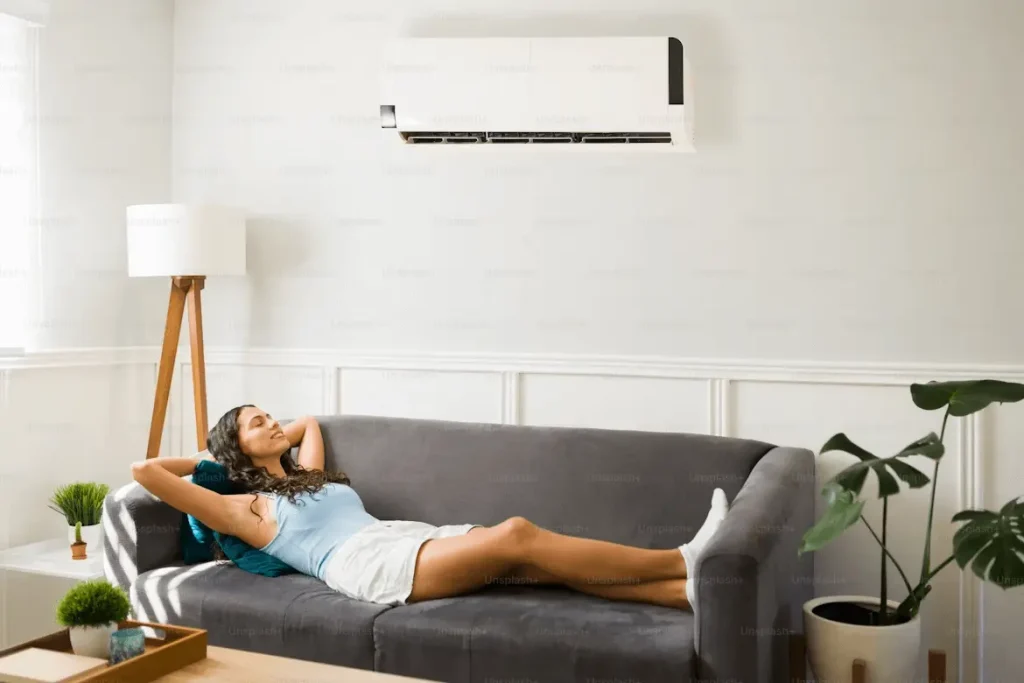
For a split system air conditioner to work, it’ll need a refrigeration cycle to absorb indoor heat in a closed loop before releasing it outside.
Here’s the step-by-step mechanism behind a split system air conditioner:
- Compression. The refrigerant begins as a low-pressure gas and is compressed in the outdoor unit. It then turns into a hot, high-pressure liquid.
- Heat Release. The said liquid will move through the condenser coil. A fan will release the heat outdoors, while the refrigerant further cools into a high-pressure liquid.
- Cooling: The liquid seeps into the indoor evaporator coil. It’ll expand into a cold, low-pressure gas, pulling heat out of the indoor air.
- Air circulation: The fan draws warm air across the evaporator coil, cools it down, and blows it back into the room.
- Cycle repeat: The warmed refrigerant returns to the compressor. This process continues until the desired temperature is reached. The system will then slow or switch off automatically.
Modern split systems might also use inverter technology, which allows the compressor to run at variable speeds. This improves energy efficiency, reduces noise, and maintains a steadier comfort level compared to older on/off systems.
Pros and Cons of Installing a Split System Air Conditioner
Here are some points you should consider before purchasing a split system air conditioner:
Pros of Installing Split System Air Conditioner
- Energy efficiency
- Quiet operation
- Fast cooling
- Flexible installation
- Reverse cycle between heating and cooling
Cons of Installing Split System Air Conditioner
- High upfront installation costs
- Limited fresh air ventilation
- Water leaks if drains are clogged
- System failure if the outdoor unit breaks down
What Sizes of a Split System Air Conditioner Can You Get?
It depends on the size of your space and how much energy your room can handle. You can check out the following table as a reference:
| Type | Area Size | Ideal Split System Size |
| Bedroom, office, study room | Up to 20 m² | 2.0 to 2.5 kWh |
| Queen bedroom, living room | 20 to 40 m² | 2.5 to 5.0 kWh |
| King bedroom, open-plan lounge area, kitchen | 40 to 60 m² | 5.0 to 9.0 kWh |
Also Read: How to Choose the Right Air Conditioner Size
3 Tips You Should Know Before Installing a Split System Air Conditioner
Don’t let your air conditioner leave you with more problems. Here are some additional thoughts worth pondering over:
1. Measure Your Space
A system that’s too small will struggle to cool effectively, while an oversized unit may waste energy and cause uneven temperatures.
Taking accurate measurements or consulting with a professional can save you from costly mistakes later.
2. Find the Best Placement Spot
Where you install your split system matters just as much as the unit itself. Placing the indoor unit too close to heat sources, direct sunlight, or behind furniture can block airflow and reduce efficiency.
Ideally, position it high on a wall where cool air can circulate freely, and make sure the outdoor unit has good ventilation with no obstructions around it.
3. Check the Lifespan
On average, it should last around 10 to 15 years with proper maintenance. However, factors like usage habits, climate, and how often you service the unit can extend or shorten its life.
Before buying, ask about warranty coverage, replacement parts availability, and recommended maintenance schedules.
FAQ about Split System Air Conditioners
What is the difference between a split AC and a window AC?
A split AC consists of two units, the indoor and outdoor components. It is quieter, more energy-efficient, and suitable for medium to larger rooms.
In contrast, a window AC is a single compact unit that’s easier and cheaper to install, making it ideal for smaller rooms. However, it tends to be noisier, less efficient, and bulkier in appearance.
Can a split system cool a whole house?
Not exactly. A standard split system is designed to cool a single room or a defined space, not an entire house.
However, if you want cooling for your entire home, you’ll need a multi-split system, where one outdoor unit connects to several indoor units.
For even larger homes, a ducted air conditioning system is usually the best option, as it can distribute cool air throughout the entire house via hidden ducts.
Which AC consumes more electricity, window or split?
A split AC with inverter technology is the most energy-efficient option, consuming only about 0.9 to 1.2 kW per hour compared to 1.3 to 1.5 kW for a window AC and 1.4 to 1.6 kW for a standard split AC.
Conclusion
Now you’ve learned what a split system air conditioner is, along with its pros, cons, and how it works. Now it’s up to you to decide whether it fits your needs or not.
Do you need to install a split system air conditioner? At Lightning Bult, we’ll be glad to help you out. Whether you need a brand-new setup or a reliable upgrade, our licensed technicians will bring fast, professional service backed by guaranteed results.
Book your service today and enjoy comfort all year round!



